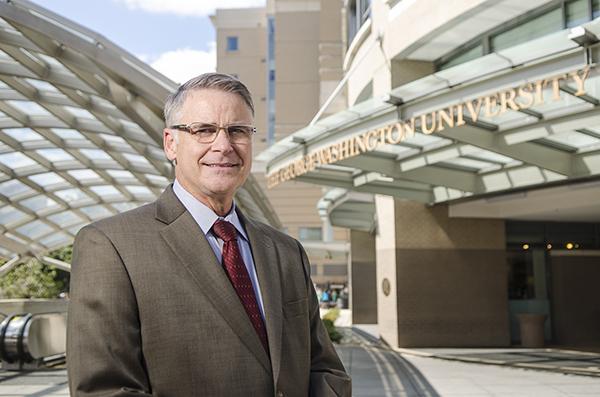The School of Medicine and Health Sciences is planning a partnership with Virginia community colleges that would bring students with associate’s degrees to the school’s health sciences programs.
The program — which Joseph Bocchino, the school’s senior associate dean for health sciences, said is in the early stages of planning — would mark another partnership between GW’s programs at the Virginia Science and Technology Campus and community colleges.
Students who have earned an associate’s degree could enroll in the 2+2 program and take classes at GW to round out their health sciences training, a field with growing job opportunities as health care expertise becomes more in-demand, Bocchino said.
“Job opportunities for those trained in the health sciences are expanding like never before,” he said in an email. “Partnering with community colleges, such as Northern Virginia Community College (NOVA), helps us meet these growing demands.”
The school is looking to affiliate with all the local community colleges, he added.
The Virginia campus houses undergraduate programs in pharmaceutical sciences, as well as nursing and integrated information, science and technology. The School of Nursing has a similar partnership with Montgomery College in Maryland and the Virginia Community College System.
Offering programs to students who are already attending local two-year colleges can help spread awareness of GW in Virginia, Bocchino said. The medical school is already recruiting for a post-baccalaureate program that would allow students interested in going to medical school to complete requirements for admissions, as well as transfer into the pharmaceutical sciences program.
Bocchino said he hopes to start accepting students to other programs “in the coming years.”
By launching programs that target students at community colleges and promoting the programs on the Virginia campus at local high schools, the University is showing that it’s “accessible” to local students, he added.
Partnerships between public four-year universities and community colleges have long been common, but there are fewer between two-year colleges and private institutions, said Matt Giani, a research assistant professor in the Office of Community College Research and Leadership at the University of Illinois.
Giani called GW a “pioneer” among selective institutions for launching more partnerships with community colleges.
Community college students make up more than 50 percent of GW’s transfer students.
Offering clear pathway programs can ensure that students who start at community college will earn credits that transfer into the new institution, Giani said.
“While there may be a stigma surrounding community college students that they are less capable or qualified, the facts show that they perform at the same level and are just as likely to graduate as students who began at university as freshmen,” he said.







